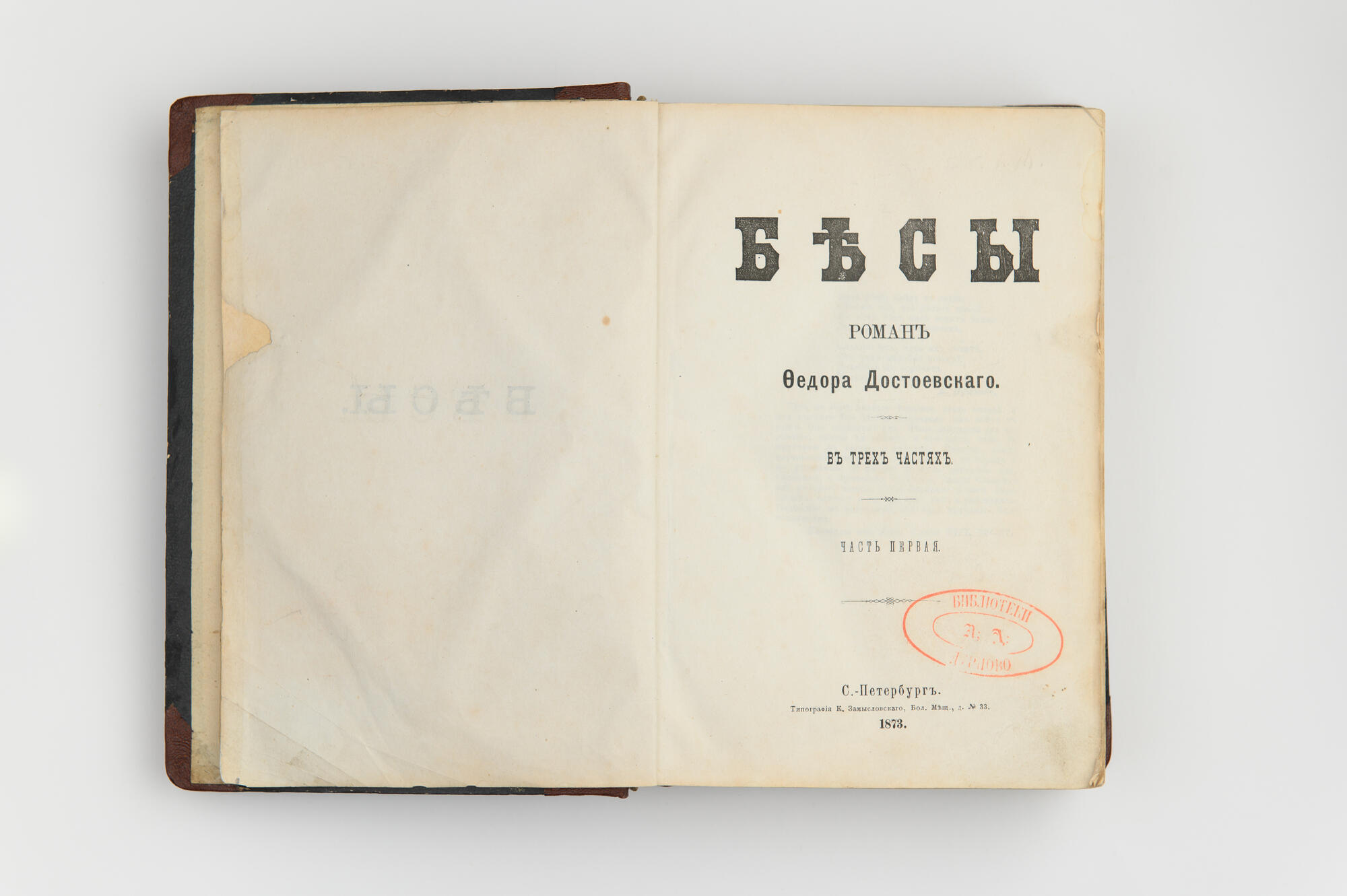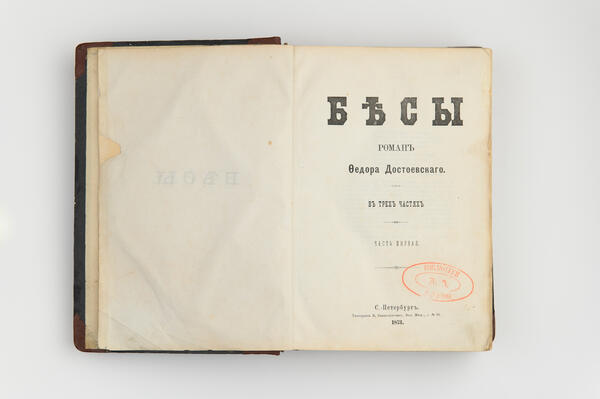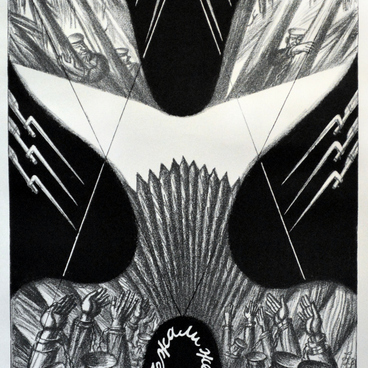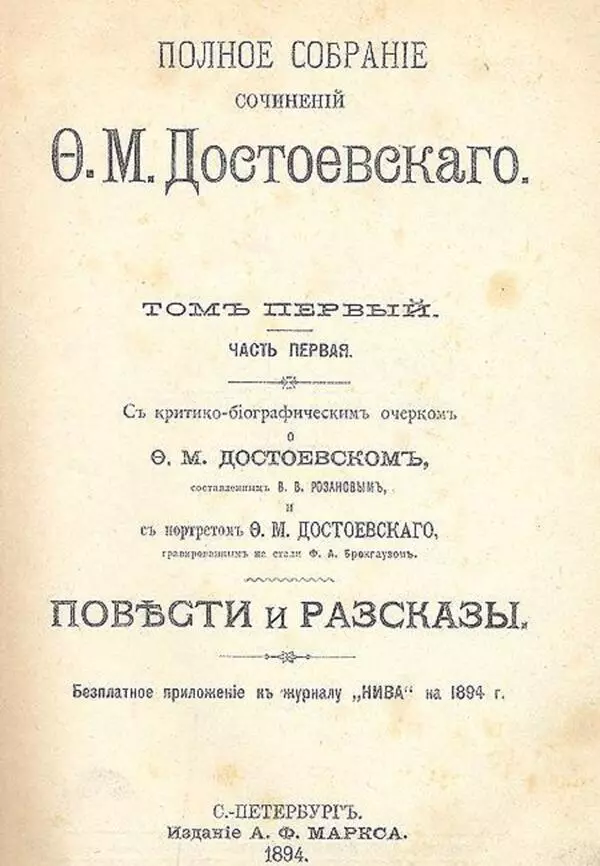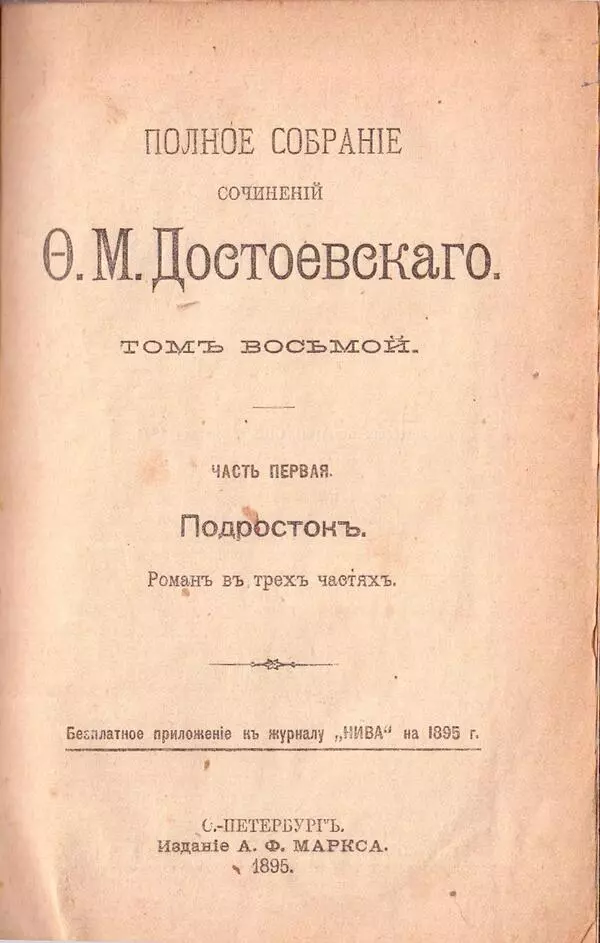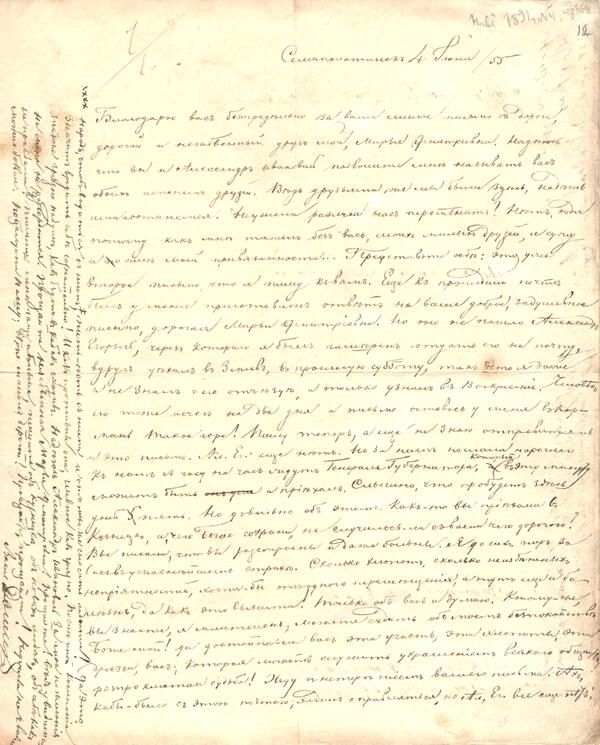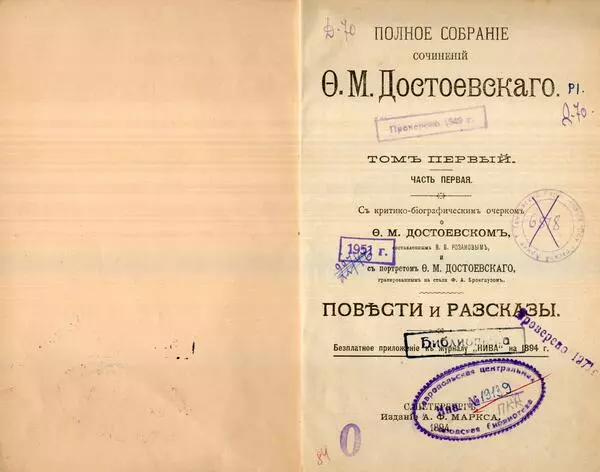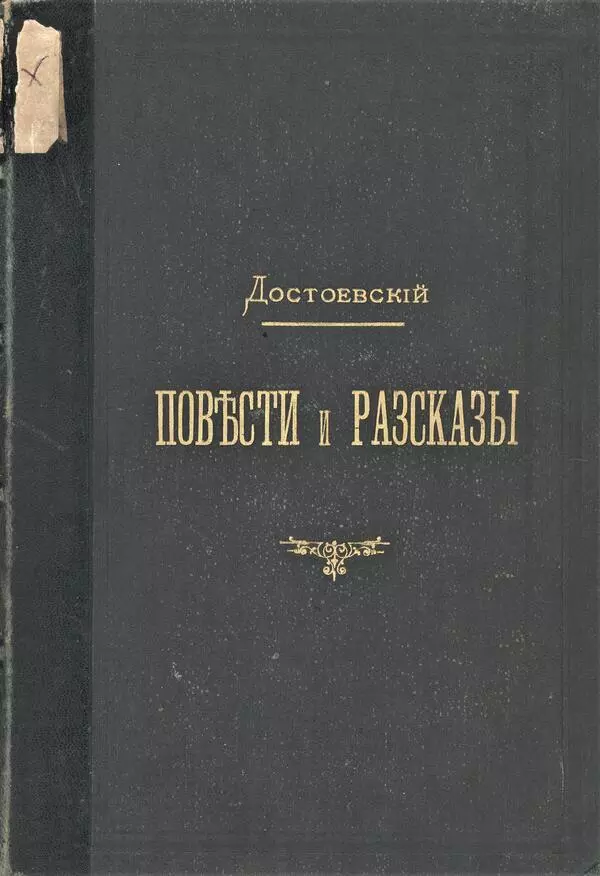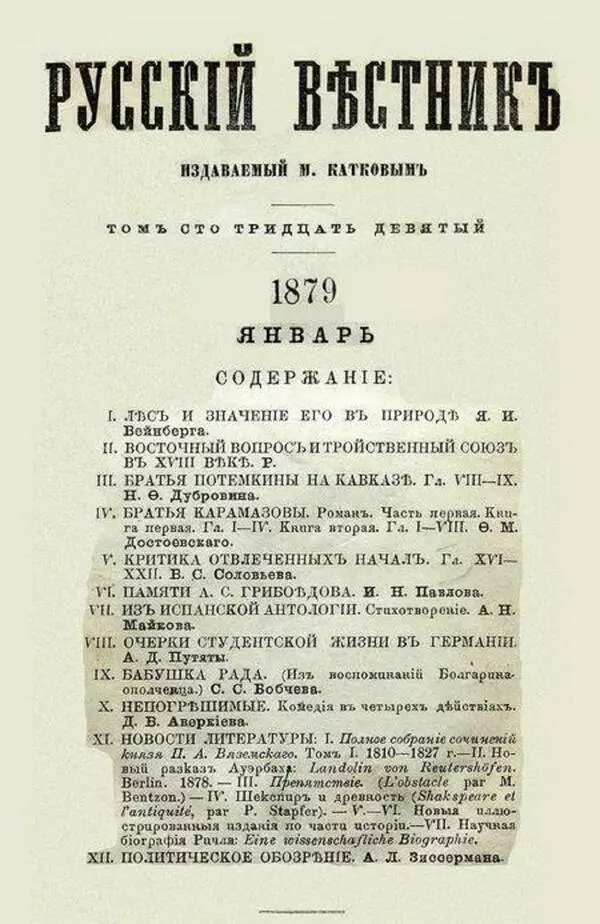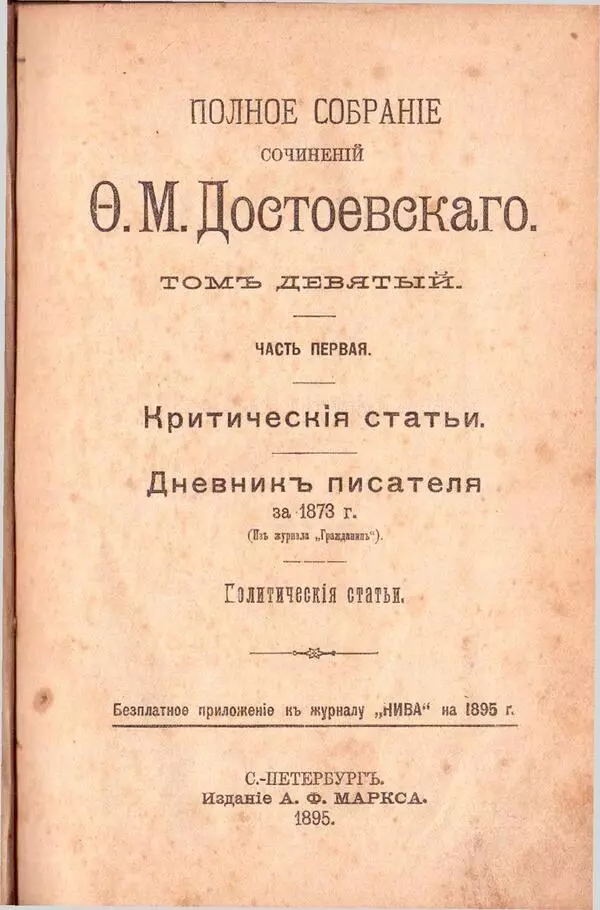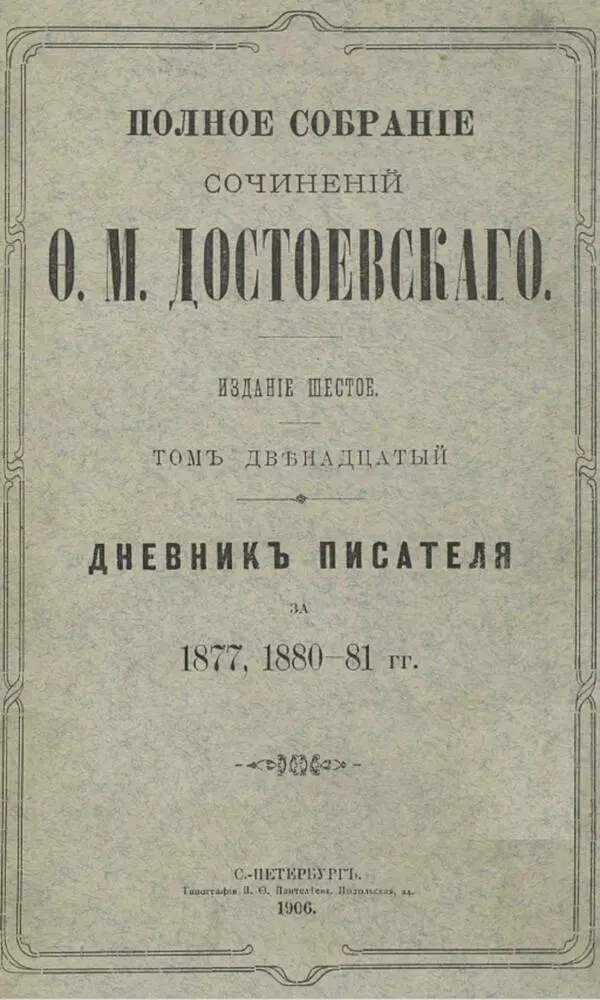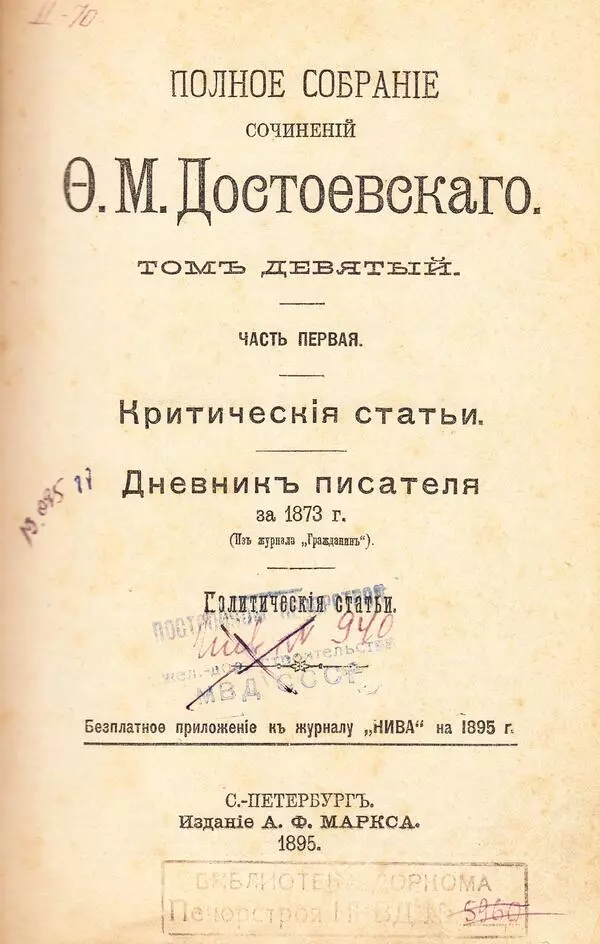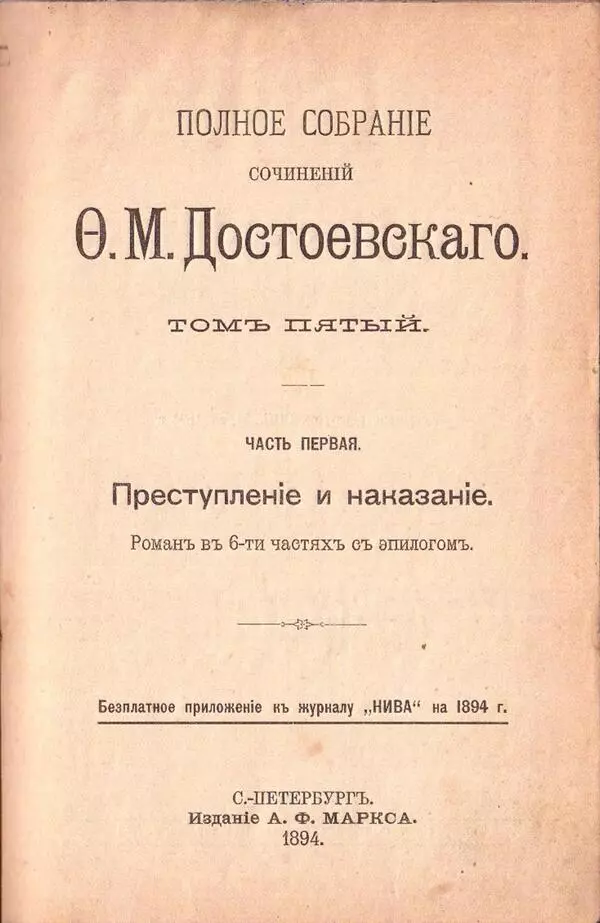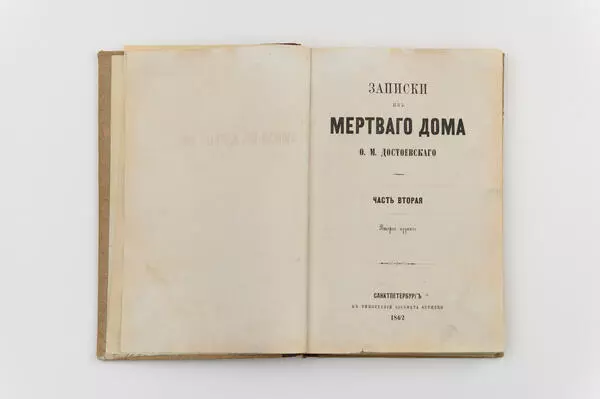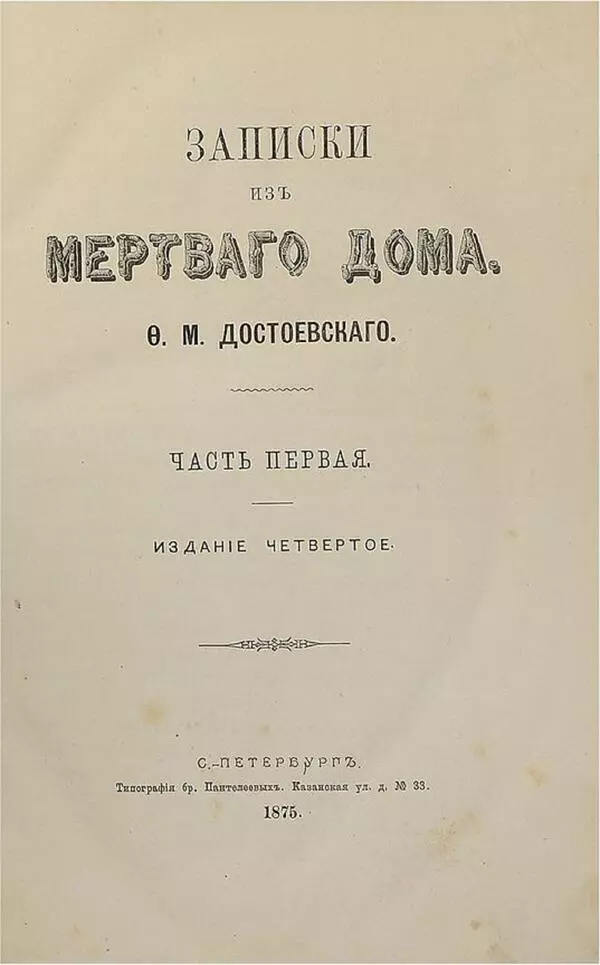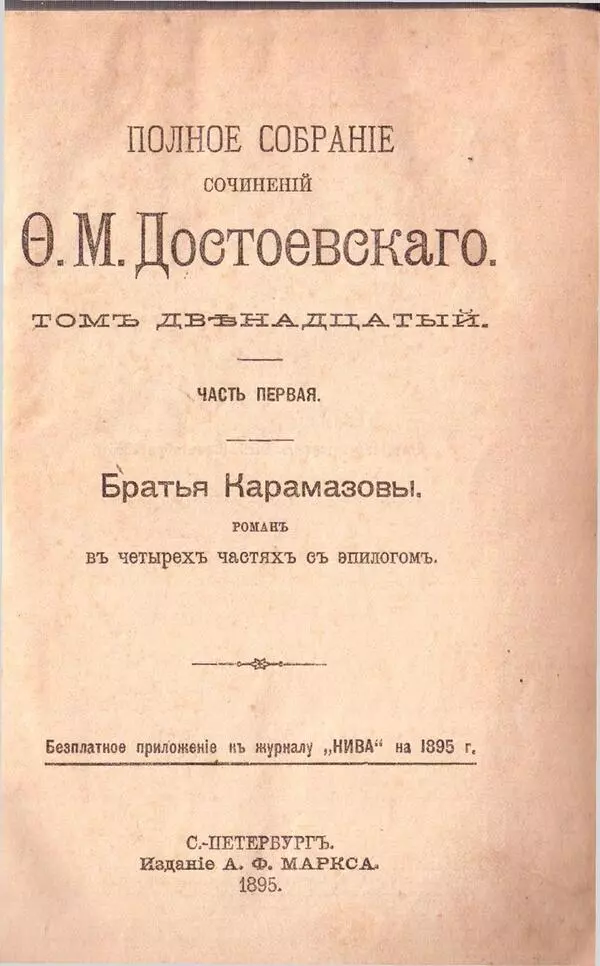The exhibition presents an in-life publication of Dostoevsky’s novel “Demons.” The book has an “owner” binding and a leather ridged press-gilded backbone. The title page has a collector’s stamp of Alexey Durnovo who has kept it for many years.
One of the reasons the book is in demand is that it is the first edition issued by Dostoevsky’s second wife Anna. She decided to publish the novel herself in order to improve the family’s financial health. As a result, Anna’s publication gained 4,000 rubles of net profit instead of copyright royalties worth 500 rubles offered by the publishers. Thus, the first publication of Demons was well-orchestrated and commercially successful. Later, Anna got engaged in publishing and selling her husband’s works and became Russia’s first female publisher.
The entire novel was published for the first time in 1871–1872 in the RUssky VEstnik (Russian Chronicler) magazine. In 1873, it was issued as a separate book. Initially conceived as a pamphlet on Westernists and nihilists, Demons ended up as a tragedy about the “sickness” of the entire Russian society. The novel is based on a real historical fact. November 21, 1869, near Moscow, head of the secret revolutionary organization “People”s Reprisal” Sergei NechAev and four accomplices killed IvAn IvanOv, a student of the Peter’s Agricultural Academy.
Dostoevsky’s novel was perceived ambiguously, mainly negatively. Contemporaries detected criticism of the revolutionary movement in it. During the writer’s lifetime, the negative response to Demons was confined to the disapproval of anti-nihilist prose, common at the time. Other subjects brought up in the novel remained unconsidered. Democratic critics called Dostoevsky’s novel a slander against modern youth. Such criticism contributed a lot to the writer’s decision to never reissue the novel. In 1873 Demons were published by the Zamyslovsky Printing House never to be issued again during Dostoevsky’s lifetime.
